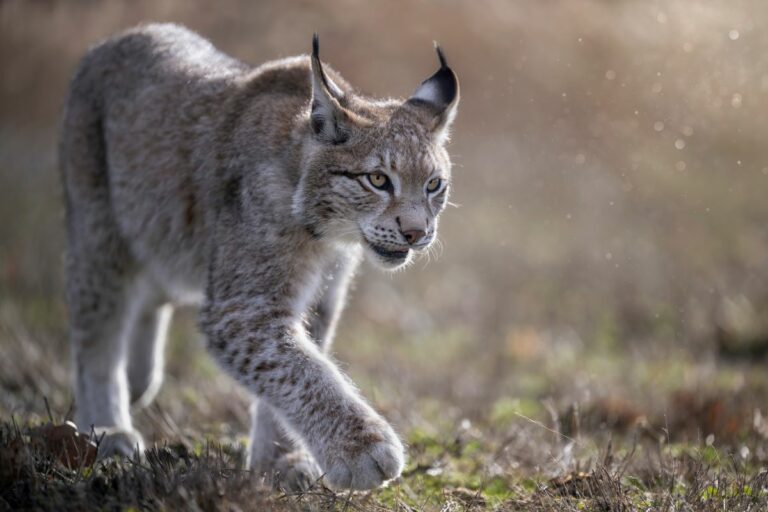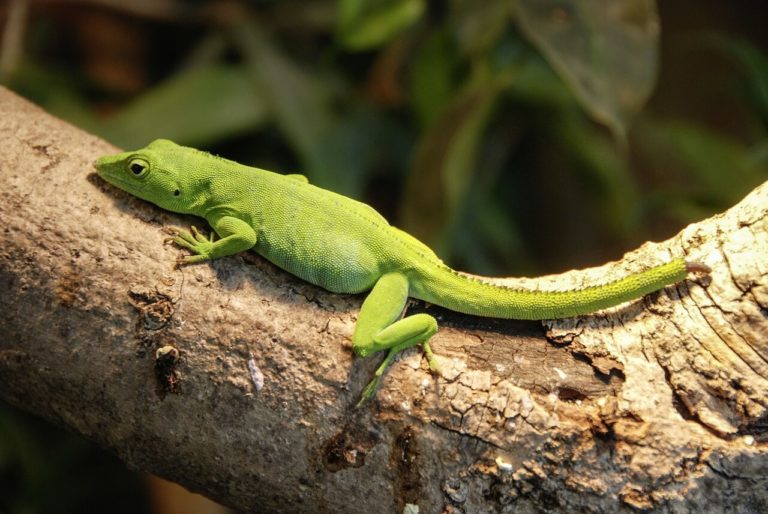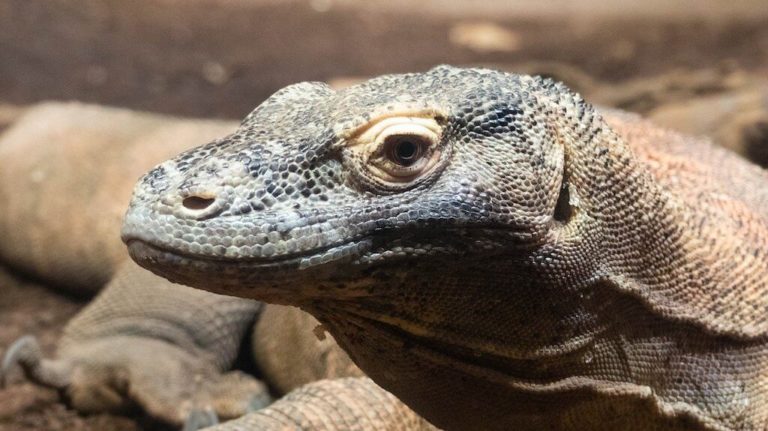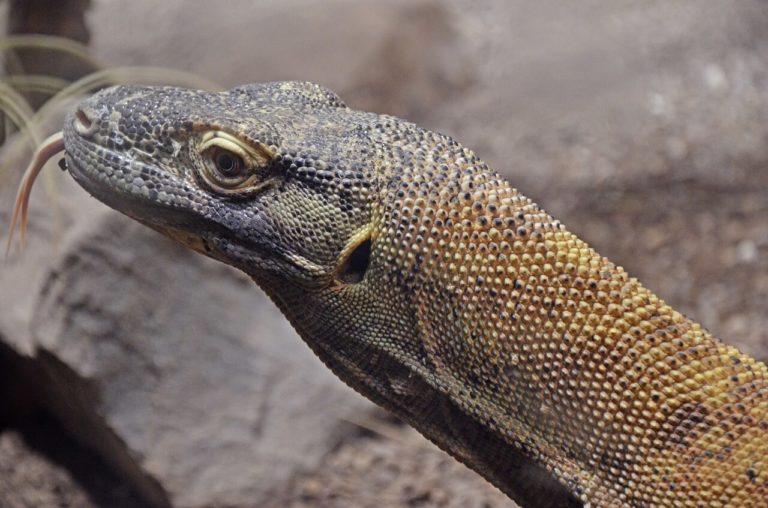The Essentials
Bobcats live in a variety of environments across North America, including forests, grasslands, deserts, swamps, different kinds of wetlands and snowy mountainous areas. Click here and find out more!
The name “bobcat” is derived from the combination of “bob”, referring to its short, “bobbed” tail, and “cat”, emphasizing its feline nature. Read here for more information!
Bobcats are carnivorous predators with a varied diet that includes small mammals such as rabbits and rodents, birds, reptiles, amphibians and occasionally even deer. Find out more here!
Curious about the mysteries of the wild? Look no further than the bobcat. This elusive and fascinating creature is a master of adaptation, a stealthy predator that roams a variety of landscapes. With its distinctive appearance and behaviour, the bobcat beckons you to enter its world, where each encounter reveals a new layer of awe-inspiring survival strategies. Join us on this journey to discover the secrets that lie within the bobcat’s realm.
The fascinating habitat of the bobcat

Let’s embark on an exciting journey to discover the world of the bobcat and its unique habitat. Bobcats are remarkable creatures, known for their elusive nature and distinctive appearance. These medium-sized wild cats have a wide range and can be found throughout North America. Get ready to dive into the fascinating world of bobcat habitat, and we’ll provide you with all the essential information, safety tips and interesting facts you need to know.
The home range of the bobcat: Where they roam
Bobcats are highly adaptable creatures that live in a variety of environments, from forests and swamps to deserts and mountains. They have a significant presence in North America, covering regions such as the United States, Canada and Mexico. These skilled hunters can be found in the following habitats:
- Forests: Bobcats thrive in forests and woodlands where they can use the vegetation for cover while stalking their prey.
- Grasslands: They also live in grasslands and savannahs, where they rely on camouflage and stealth to catch their meals.
- Deserts: Surprisingly, bobcats have also adapted to arid environments. They inhabit deserts and scrublands, using rocky terrain and sparse vegetation to their advantage.
- Swamps and wetlands: In some regions, bobcats are found in wetlands and swamps, where they hunt aquatic prey and seek shelter in dense vegetation.
- Mountainous areas: Bobcats are adept climbers and are often found in mountainous areas, scaling rocky slopes and cliffs in search of food.
Safety first: Watching bobcats responsibly
While it’s exciting to see these elusive creatures in their natural habitat, it’s important to prioritize their safety and your own. Here are some safety tips to keep in mind when exploring areas where bobcats live:
- Keep your distance: If you see a bobcat, keep a distance. Observing from a distance reduces stress for you both.
- Avoid approaching kittens: If you come across bobcat kittens, resist the urge to touch them. Mother bobcats are protective and can become aggressive if they perceive a threat.
- Make noise: If you’re walking in an area known to have bobcats, make noise to alert them to your presence. This will avoid surprising them and reduce the likelihood of an accidental encounter.
- Secure garbage: Bobcats are opportunistic feeders. To avoid attracting them to human settlements, secure your rubbish and avoid leaving pet food out.
Did You Know?
Bobcats are solitary animals that only come together for mating. They establish and fiercely defend their territories. Bobcats also use scent markings and scratch marks on trees to announce their presence and claim their territory. And they are skilled predators, feeding on a variety of animals including rabbits, rodents, birds and even deer when the opportunity arises.
Uncovering the origins of the name Bobcat

Let’s delve into the fascinating story behind the name ‘bobcat’. This enigmatic name has historical significance and reflects the unique characteristics of this remarkable wildcat species. Join us on this linguistic adventure as we uncover the origins and meanings of the term ‘bobcat’, while exploring fascinating historical titbits and the reasons behind its choice.
Etymology: Tracing the roots
The name ‘bobcat’ is derived from a combination of linguistic elements that emphasize the physical characteristics of this wildcat species. Here’s a breakdown of how the name came about: The term “bob” refers to something that is short or abruptly cut. In the context of the bobcat, this part of the name probably refers to the animal’s distinctive short, “bobbed” tail.
The tail is about 4-6 inches long and is a distinguishing feature of the species. The second part of the name, “cat”, obviously refers to the feline nature of the animal. It emphasizes that the bobcat belongs to the Felidae family and is classified as a wild cat.
Historical and cultural links
The choice of the name ‘bobcat’ is not only rooted in the animal’s physical appearance but also in its historical and cultural associations. Here’s a look at some of these associations:
Native American influence: The bobcat was an important figure in Native American culture. Among various tribes, the bobcat was seen as a symbol of stealth, adaptability and survival skills. Its elusive nature and hunting skills earned it respect and even reverence.
Frontier era: During the time of European settlement in North America, the term “Bobcat” gained popularity due to its simplicity and descriptive nature. The name captured the essence of the animal’s distinctive appearance and behaviour.
Additional Information: The scientific name of the bobcat is Lynx rufus. “Lynx” comes from Greek mythology, while “rufus” refers to its reddish-brown fur. The choice of the common name “lynx” reflects its bobbed tail and follows the pattern of naming wildcats. The name “lynx” has remained consistent over time, highlighting the enduring relevance of its descriptive qualities.
Discovering the palate of the bobcat
Let’s take a culinary journey into the world of the bobcat. These skilled hunters have a varied menu that shows their adaptability and resourcefulness in finding food. Join us as we delve into the details of what bobcats eat, along with historical insights, fun facts and some important safety reminders.
A Carnivorous Feast: Unravelling the menu
Bobcats are carnivores, which means that their diet consists mainly of meat. They are opportunistic hunters, adapting their diet to the availability of prey in their habitat. Here’s a breakdown of their dietary preferences:
- Small mammals: Bobcats are excellent hunters of small mammals such as rabbits, hares, squirrels and rodents. These agile predators rely on stealth and ambush to catch their fast-moving prey.
- Birds: Birds, especially ground-nesting birds such as quail and grouse, are also on the bobcat’s menu. Their hunting techniques often involve stalking and pouncing on unsuspecting birds.
- Reptiles and amphibians: Bobcats are known to supplement their diet with reptiles and amphibians when the opportunity arises. This can include snakes, lizards and frogs.
- Insects: Although not a significant part of their diet, bobcats have been observed to consume insects, particularly when other food sources are scarce.
- Occasional deer: In some cases, bobcats have been known to hunt and consume deer, particularly fawns. While this isn’t a regular occurrence, it highlights the adaptability of these creatures.
Historical insights: Bobcats and human interaction
Throughout history, the bobcat’s diet has influenced its interactions with human populations. In some cases, bobcats were considered pests because of their predation on livestock. However, they have also been recognized for their role in controlling rodent populations, making them beneficial to farmers.
Additional Information: The adaptability of the bobcat is reflected in its ability to change its prey preferences according to availability. This flexibility ensures their survival in a variety of environments. Bobcats rely on a combination of stalking, ambushing and pouncing techniques to capture their prey. Their patience and keen senses make them successful predators.
Unlocking the secrets of the bobcat world
Exploring the world of the bobcat has been a journey of wonder, discovery and respect for these fascinating creatures. From their elusive habitats to the origins of their name and the intricacies of their diet, we’ve delved into the unique characteristics and behaviours that define the bobcat’s existence.
These adaptable, skilled hunters thrive in a variety of environments across North America, demonstrating their prowess as solitary carnivores with a taste for a variety of prey. As you continue your exploration of the natural world, remember to approach the bobcat and other wildlife with respect and appreciation, honouring the intricacies that make each species an integral part of our planet’s tapestry.








